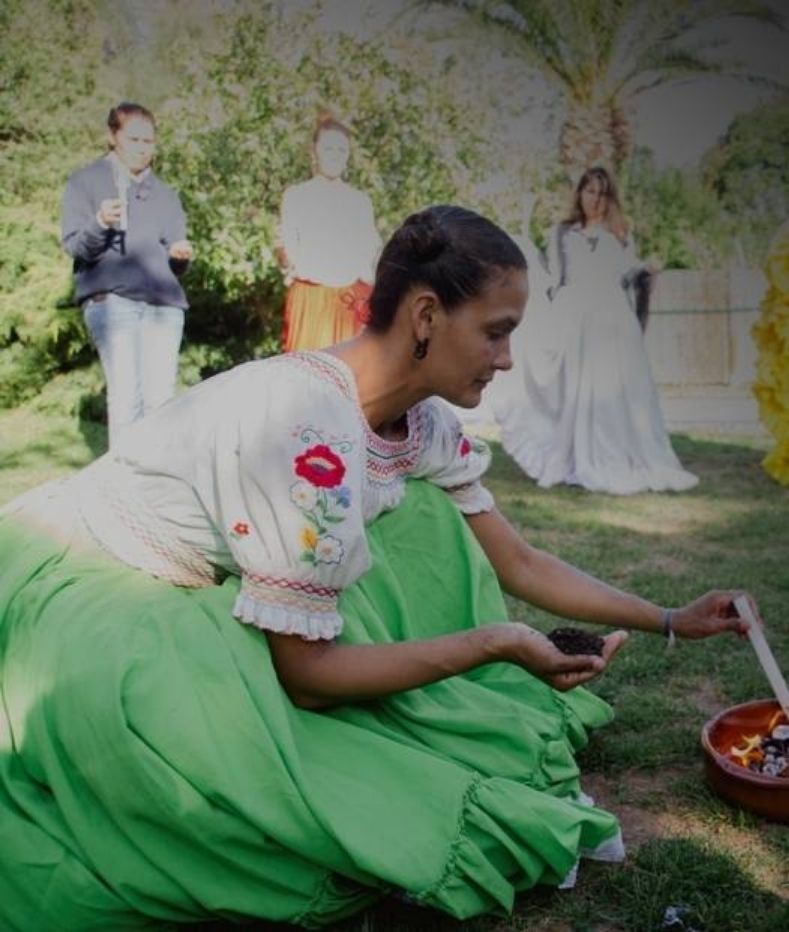
As the bedrock of dignified storytelling, consent from contributors must be freely given, fully informed, and obtained prior to any story gathering. Informed consent is more than just a formality or filling in forms; it is an essential and core ethic of dignified storytelling. Images and stories truly belong to whoever is represented in them, and contributors have the right to decide on the terms of their story sharing and usage.
Time must be allotted for ongoing dialogue with potential contributors that allows them to consider and meaningfully contribute to the story-gathering request. It is imperative that all involved stakeholders clearly understand the implications of their agreement to have their story – whether visual or written – collected, documented, and shared in line with any privacy or confidentiality wishes.

Guidelines for Principle No. 4:
Dignified Storytelling obtains informed, full, and freely given consent from contributors.
TO HELP PUT PRINCIPLE #4 INTO PRACTICE, CONSIDER THE FOLLOWING:
Explanations around consent must be provided in a language understood by the contributors.
- Interpreters should use accessible language that avoids jargon.
- Any written forms should be translated into a language understood by potential contributors.
- Check with people (for example, local staff, partners, and community members) who are knowledgeable of the situation and who speak/write the language well to make sure that the forms are easy to understand.
- Do not make assumptions around levels of literacy. Where literacy levels are a concern, use other options to capture consent agreements – for example, an audio recording.
- In some cases – including where potential contributors (whether children, youth, or adults) do not know how to read or write, or if a form may create mistrust – it may be inappropriate to use a written form. Again, in these instances, find other ways to discuss and record consent that are acceptable to the potential contributors.
- Consider showing examples of other similar stories to make sure contributors understand what is being suggested.
On multiple occasions encourage potential contributors to ask questions and make sure they know that there will be no negative consequences if they choose not to participate.
Evidence of the informed consent should be gathered; as mentioned above, this can be a signed form, a recording of verbal consent, or completion of a consent app.
Think about consent as a process that includes several discussion points – from identifying contributors and initial conversations, to informal dialogue around the plans with contributors, to recorded formal consent, to follow-up with
When gathering content from anyone under 18, seek the consent from the legal caregiver as well as the child. Always follow any national laws governing the specific age requirements where parent or caregiver consent is required.
Consent processes in groups or crowds depends on the age of the people involved and whether the context is sensitive. There should not be differential treatment for members of the group who have consented versus for members of the group who have not.
Even with consent, if there is risk of harm, retribution, or distress to the contributor, the image should not be used, or the story should not be told.
If the risk of harm is due to using the contributor’s name, storytellers may choose to use an alternative name to protect the identity and privacy of the individual, noting this in the caption or text.
▶ Changing an interviewee’s voice or obscuring or reframing images so as not to include identifying buildings, street signs, or landmarks are also ways to protect privacy and mitigate
safety risks.
▶ Decisions about whether to reveal or conceal the identity of a contributor should be made in consultation with the contributor and others who are deeply familiar with the context. Always
honour a contributor’s wishes on whether names or identifying features are included
Prior to publication, contributors should be asked again whether they still are (or are not) okay with being identifiable in the final story.
▶ It is important that contributors have the contact details of relevant people that they can contact if any concerns arise after the content-gathering that would impact the sharing of their story. Some organisations include this as part of a “thank you” card that is left with contributors.
Seek to share final images or the published story with contributors as a sign of respect and a two-way relationship. Showing contributors the impact resulting from the sharing of their stories can also be helpful in reaffirming their ability to make a difference.
▶ Consider the time and funds needed to return end products to contributors (for example,printing or mailing costs) and allocate within the budget and human resources.
Contributors should have an opportunity to provide feedback on the story gathering and development process with their perspectives documented and used to improve future practices.
Top Tips for Principle No. 4
Prioritise consent
Prioritise informed, full, and freely given consent as an ethical (and often legal) requirement for dignified storytelling.
Ensure full understanding
Ensure that contributors understand and agree to the purpose of the story-gathering and the usage of the final story, the implications of its publication, and their right to withdraw consent at any time (including a clear, simple, accessible process of how to do so.
More in the Handbook
The Dignified Storytelling Handbook is a resource to help storytellers and organizations promote and
employ storytelling practices that are grounded in a deep respect for human dignity
Available for download in English, Arabic, Spanish and French
